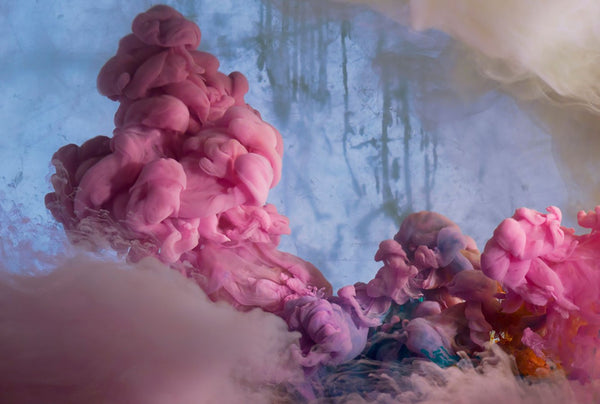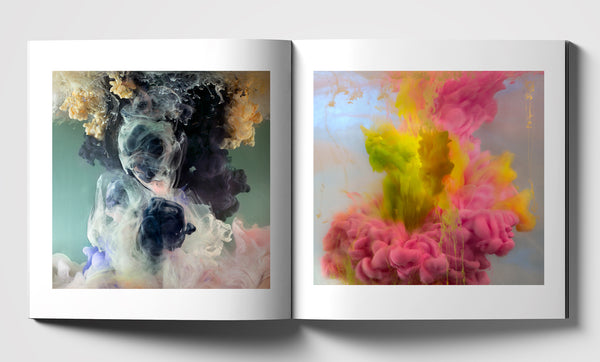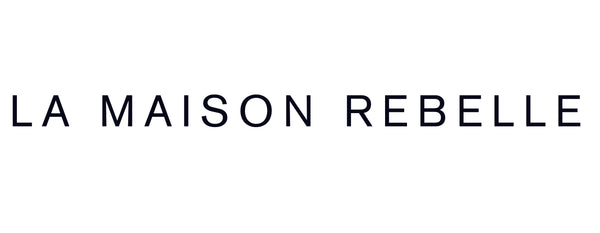Kim Keever

Your career began in New York City in the 80’s, which was quite a vibrant scene. How did this shape you as an artist?
I had come from Virginia having gone to college there. I was a local artist in Norfolk Virginia and I knew I had to come to New York. It was a really interesting time in the 80s. Little galleries continued to open, paying rent as low as $75 a month. Artists were getting their first solo shows ever. I jumped right in. I was often in several group shows in one night with several more in the same week. I also did solo shows from time to time. Some of the clubs, mainly in Chelsea, were doing group shows week after week. It was a totally “other” scene from what was going on in Soho, which was, at the time, the main gallery scene for young artists. I had already had some experience as an artist so I continued with the figure in the landscape paintings I had been making. Most of the artists were younger than me so I was somewhat of an outsider but I was always around and I enjoyed being in all the group shows. An article even came out in the East Village Eye mentioning myself, Rick Prol and Mark Kostabi as the artists who were in the most group shows.

You have a background in engineering and worked for NASA. How did this influence your work?
Before I became an artist, I had attained a bachelor’s degree and most of a Masters degree in thermal engineering. If engineering teaches you anything, it teaches you how to think about what goes into a project and what comes out of the project and how to make the best out of what you have to work with. It’s a very logical thinking process. It’s been an endless help to me in terms of figuring out how to build models that would be cheap enough and strong enough for my purposes relating to photography.
Your pieces evoke an otherworldly, rebellious beauty. Is this intentional?
That’s an interesting term, rebellious beauty. When I was making constructed landscapes in the water-filled tank which that were devoid of any suggestion of humans, I was asked if I was a misanthrope. It was quite a shock for me but I explained that I truly loved the beauty of nature on its own and that the work I was doing related to endless time more than anything else. The new work involving the totally simplified idea of dropping paint and water and photographing it as it flows about has been a great breakthrough for me. I think of it as a painting machine. I just pour the ingredients in and periodically take photographs. I really enjoy the beauty of the randomness. Once I pour the paint in, I have very little control. Every time I shoot it’s a totally different scenario. I really don’t know what I’m going to get, if anything.

Once you start introducing the color to the water, how long does the process usually take?
It all depends on how delicate I am with the paint. If I’m careful and pour small amounts in slowly I can usually keep shooting for 20 minutes or so. If I pour the paint in forcefully, I only have about 5 minutes before the water gets muddy.
Your work is so very poetic, a visual symphony. Do you have a favorite album or piece of music? What inspires you?
I would have to say my favorite album is called Tremors by Sohn. I am inspired by the idea that every time I go into the studio and start taking photos I’m in for an interesting surprise. When I look at the images later in Photoshop, I’m always looking for something I haven’t seen before, both in color and form and texture
With so many stunning images, is there one that you are most proud of?
I really couldn’t pick one image. At this point I’ve taken over 33,000 images. Perhaps there are 100 that give me the feeling of something new that I haven’t seen before. That’s really what I’m looking for, something new.
You have a new project you’ve been working on. A limited edition, non-profit book campaign that will benefit students in schools that are lacking proper funding for art programs. Can you tell us more about this and how the idea came about?
I credit my publisher with the idea of giving art books to children, which you can learn more about at keeverbook.org. It’s a wonderful idea, and I’m excited to participate in this important project of making art accessible. Looking back, I was lucky to have art in most of my grammar school classes and I was even able to major in art in high school in Chicago. I am very happy to make this small contribution to the 500 students who will receive the books. It would be a wonderful feeling if a few of them went on to be artists.

Thank you Kim Keever for taking the time to chat with us and continuing to inspire us with your work.

